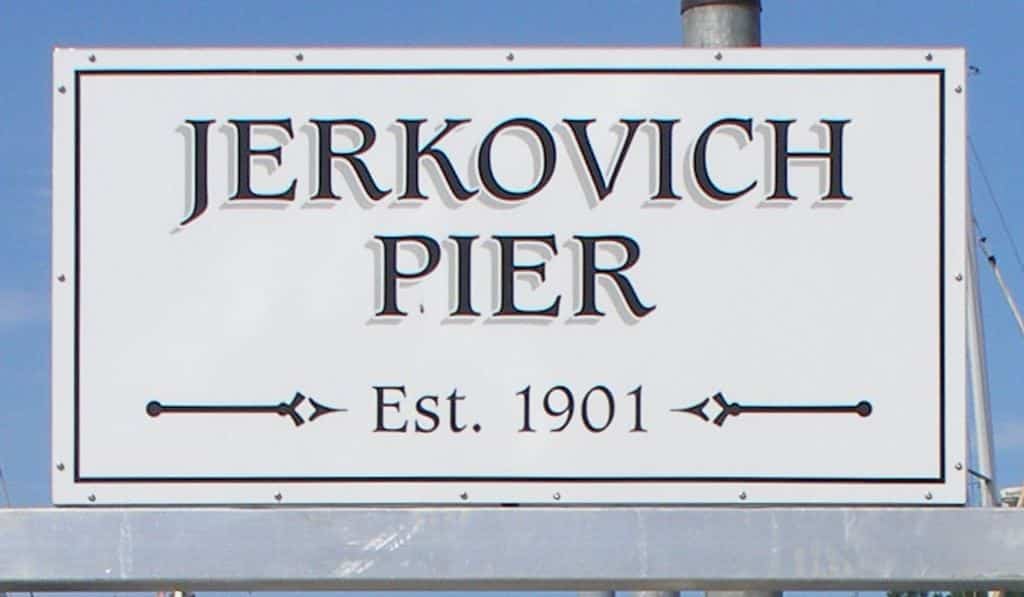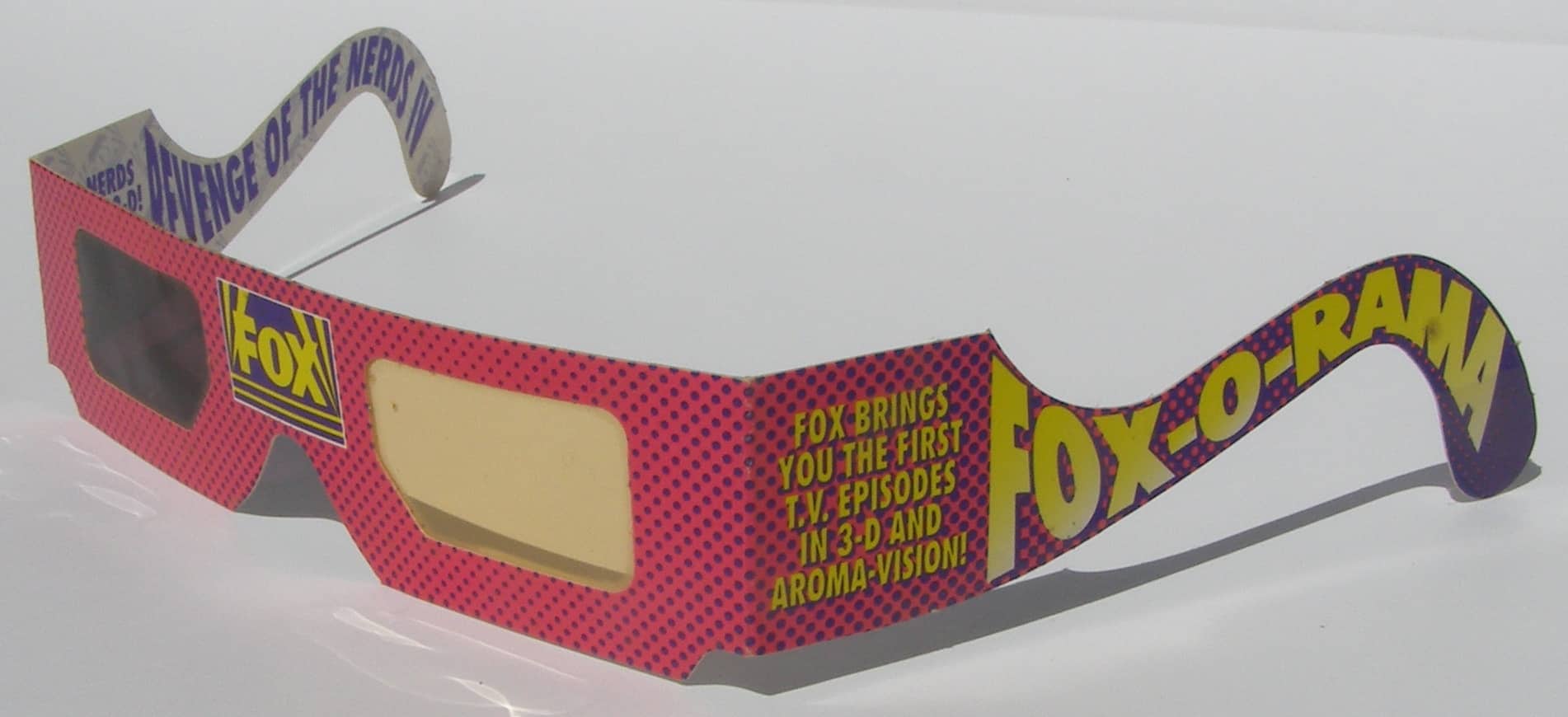Arts & Entertainment Community
Gig Harbor Now and Then: The when and where of an iconic net shed
Gig Harbor Now and Then’s last question of local history turned into a foursome, all pertaining to the lost history of the city of Gig Harbor’s Ancich Waterfront Park site.
Community Sponsor
Community stories are made possible in part by Peninsula Light Co, a proud sponsor of Gig Harbor Now.
On the Gig Harbor Now Facebook page, Tomi Kent Smith ventured a very close guess of Mato Ivanovich as the owner, before Peter Ancich bought them, of two of the three Millville lots that make up Ancich Waterfront Park. It wasn’t Ivanovich, but he was just a couple parcels down the beach, to the west, outside of the Millville plat.
Billy Sehmel’s guess of John Novak was quite close, too. John sold Lot 5, Block 3 to Nick Castelan, which is now the eastern third of Ancich Waterfront Park. (Although Castelan’s deed lists the grantor as Frank Novak, John’s brother, the sale was made by John and the money paid to him as well. Frank and John were in cahoots on a number of land deals, so it’s no surprise that John’s name is not on the deed as grantor, even though he was the one who received the money.)
The answers
Question 1: Who had the first net shed on the site of today’s Ancich Waterfront Park?
Answer: Mateo Petrich. He, not Peter Ancich, bought Millville Lots 6 and 7, Block 3, from John Novak.
Question 2: When was that net shed built?
Answer: Between the second quarter of 1888 and the first quarter of 1891.
Question 3: What happened to Mateo Petrich?
Answer: Mateo Petrich died in 1902 at age 47 when a house fell on his head. Not entirely like the Wicked Witch of the East, for Mateo was trying to do a good thing at the time, and didn’t deserve such a fate.
Question 4: What happened to Mateo Petrich’s net shed?
Answer: It rotted away.
The Petriches lived in Gig Harbor for only a few years, until about 1893. They then moved to Old Town Tacoma, which had a much larger Slavonian neighborhood. They continued to base their commercial fishing at their Millville property, so they maintained the net shed, gear, and boat until Mateo died.
His wife, Momula Petrich, more than likely leased or sold the boat and gear soon after his death. But she continued to own Lots 6 and 7, Block 3, of Millville, which included the net shed, on a wharf described as “fifty or sixty feet long, driven with piles” until she sold them to Peter Ancich in 1917.
A new net shed
The piles used to support docks in the 1890s and early 1900s were not treated with preservatives, so did not last very long. They had to be replaced every few years. Not having been maintained since Mateo’s death, the net shed was no longer there when Ancich bought the property 15 years later, which is why he had to build his own. In the words of the Petriches’ daughter, Lucretia, interpreting for her mother several years before the land was sold to Peter Ancich, the net shed and dock had been “torn down by the water.”
Concerning the debut of local net sheds, the city of Gig Harbor’s statement on the Ancich Waterfront Park page of its website says: “As early as 1910, Gig Harbor’s first net sheds began appearing along the waterfront,” which is as far back as the most recent couple of generations could remember.
They couldn’t have known about a net shed (or several) that rotted away long before their time. We now know different, but only because information on the Petrich wharf was preserved in a very obscure transcript of sworn testimony given in Pierce County Superior Court over a hundred years ago. Somebody equally obscure, who writes a twice-a-month history column for an online newspaper, managed to find it — not online, but on paper.
Right and wrong information on net sheds
The next net shed on the site of Ancich Waterfront Park was built by Nick Castelan in 1901 on his Lot 5, 16 years before Peter Ancich bought Lots 6 and 7.

The second net shed on the site of Ancich Waterfront Park was built by Nick Castelan in 1901. His descendants, the Jerkoviches, are still there today, with a modern pier. And a really cool sign, too.
Wouldn’t it be interesting if any reader of this column who might have the ear of someone in the city of Gig Harbor’s government gave some serious thought to the idea of whispering to them softly that maybe it’s time to update their park histories? And if, while they were at it, they also quietly mentioned that most of the city’s history placards around town need some serious revisions as well?
I’d whisper it to them myself, but the last time I tried, I got nowhere.
Many of the placards are old, faded, and otherwise physically deteriorating. They will need to be replaced for that reason alone. Wouldn’t it be a shame if the new ones repeated the same errors and omissions?
In one more note on the history of Ancich Waterfront Park, the widow Petrich and Nick Castelan, whose three lots between them now make up the park, were both victims of the Millville land swindle brazenly pulled off by John Novak and Joseph Dorotich. That’s a subject for another time, and probably another venue, as it’s not a short or simple story.
Gig Harbor’s first movie theater
There are more bits of interesting information on the early history of the three lots that comprise today’s Ancich Waterfront Park. But after two installments on the same location, it’s time to move a few blocks down the street.
The new topic concerns Gig Harbor’s first movie theater, also on Harborview Drive.
Known as the Roxy for most of its life, it started out as the Empress Theatre, and had a couple other names in between. It was not the first Gig Harbor building in which movies were shown, but was the first constructed specifically for that purpose.
During its active life from 1925 through 1958, the theater screened a wide variety of features, shorts, documentaries, newsreels and cartoons. Like many other movie theaters, it sometimes participated in fads of the day.
One of those fads was so-called three-dimensional films. Excitement over 3-D movies has come and gone several times in the history of motion pictures, never amounting to much. Television, too, has experimented with the extra dimension, mostly for promotional purposes. It never worked any better on TV than in movie theaters.

Strictly as a promotional stunt, in 1994 the Fox TV network resurrected the typically poor quality 3-D effect, with the addition of the equally unimpressive Aroma-Vision. Photo by Greg Spadoni.
Gig Harbor’s first motion picture theater participated in showing movies with the not-very-good-at-all simulated three-dimensional effects, complete with the goofy two-color tinted glasses loaned to every ticket holder.
Question: In what year did the Gig Harbor theater show its first 3-D film, and what was the title?
Despite the vast resources of the internet, this two-part question is rated 5 (out of 5) for difficulty. It’s a tough one!
However, there are two more questions this week, and both are easier.
Second question: Where was Gig Harbor’s Empress (later Roxy) Theatre located?
That’s a pretty easy one, rating no more than a 2 on the Degree of Difficulty scale. Lots of people know where it was. Everybody who’s driven through downtown Gig Harbor has passed the vacant site. And we’ve all but told you in this column today where it was.
And third: When was Gig Harbor’s original movie theater torn down?
That’s more difficult than the second question. It’s probably a 4. (The answer took over a month to find.)
Gig Harbor Now and Then will have the answer to the two-part 3-D movie question on October 23. The second and third questions will be answered not only at that time, but also in an upcoming Gig Harbor Now feature story on the theater’s last projectionist by Ed Friedrich.
In the meantime, you’re invited to visit the Gig Harbor Now Facebook page and post any thoughts or memories you may have about Gig Harbor’s first movie theater, or questions of your own, and read what others have to say about it. Though it’s been gone a long, long time, there are plenty of people in the area who still remember seeing movies there.
Comments on the new information revealed about the history of Ancich Waterfront Park are also welcomed. Do you believe it’s reasonable to expect the city of Gig Harbor to take an active interest in its own history? Or does the city have too many pressing real problems to deal with in the present to be bothered with the distant past? It might not be such an easy choice between the two. Convincing arguments can be made for both viewpoints. Which side do you favor?
Greg Spadoni of Olalla has had more access to local history than most life-long residents. During 25 years in road construction working for the Spadoni Brothers, his first cousins, twice removed, he traveled to every corner of the Gig Harbor and Key Peninsulas, taking note of many abandoned buildings, overgrown farms, and roads that no longer had a destination. Through his current association with the Harbor History Museum in Gig Harbor as the unofficial Chief (and only) Assistant to Linda McCowen, the Museum’s primary photo archive volunteer, he regularly studies the area’s largest collection of visual history. Combined with the print history available at the Museum and online, he has uncovered countless stories of long-forgotten local people and events.

